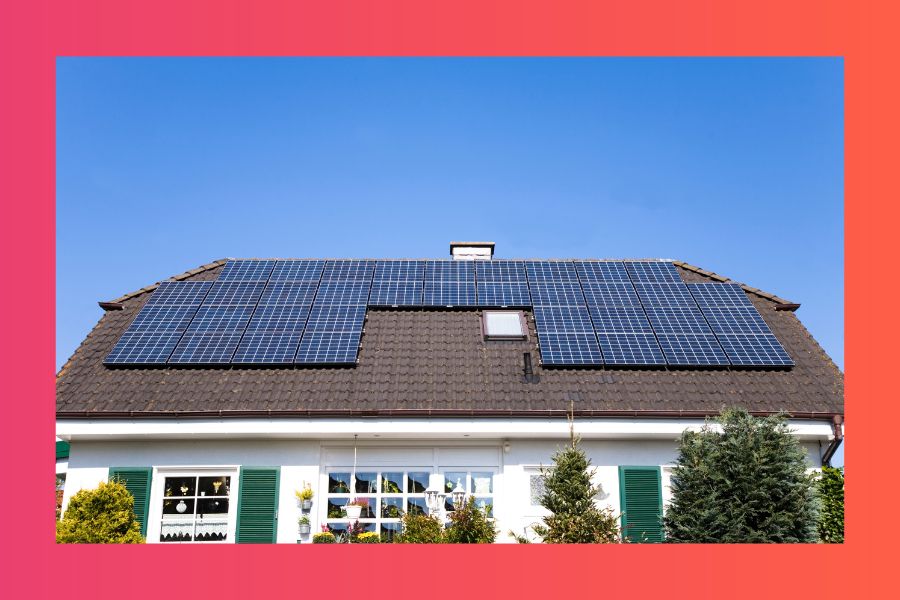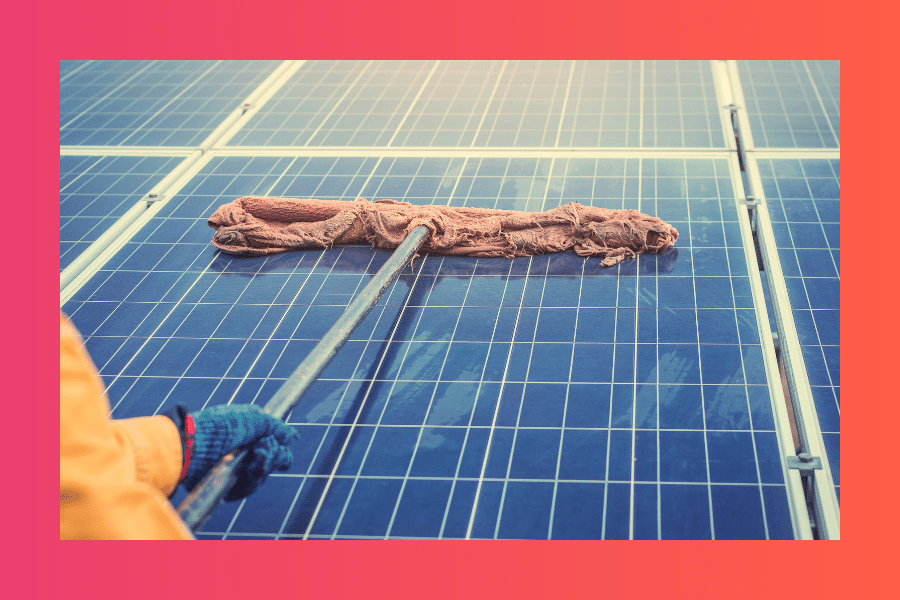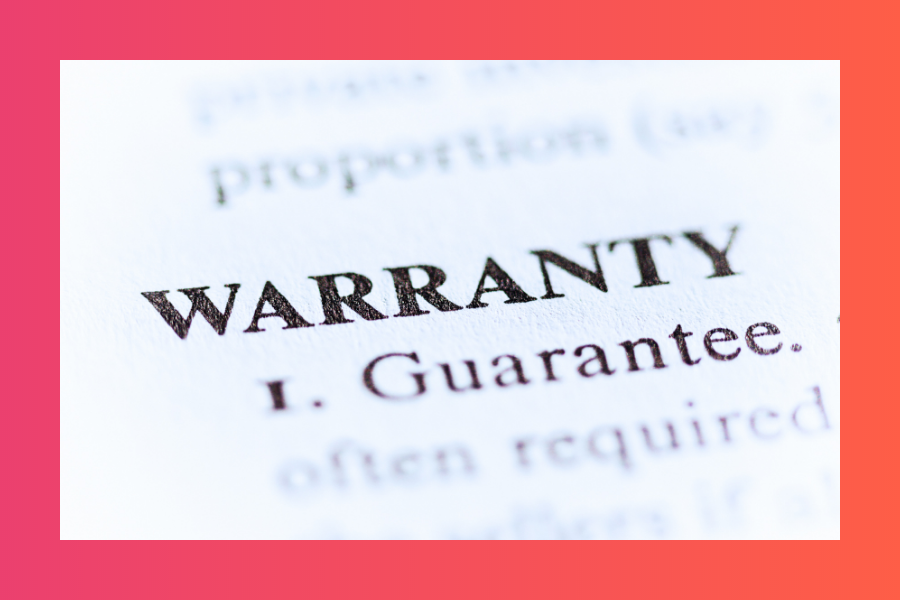Why Do Solar Panels Need to Be Cleaned Anyway?
A rooftop solar system is a lot like any other attractive addition to an Aussie property, such as a deck or a swimming pool. This said, there are a...
3 min read
![]() Solar Trust Centre Team
:
Oct 13, 2022 9:00:00 AM
Solar Trust Centre Team
:
Oct 13, 2022 9:00:00 AM

Rooftop solar systems are brilliant pieces of clean and green technology that can bring many benefits to a home. For many new solar system owners, they’re right now in their first year of enjoying such benefits. But for the households that have older solar systems, the experience can be a bit different. Make no mistake, a quality solar system that was installed by a quality solar installer - whether it's 6 months old or 6 years old - should still be performing each day.
Just the same, like how mobile phone technology has rapidly improved over the years, so too is a similar trend visible with rooftop solar technology. Over time, even a system that still works totally fine, can come to feel lacking in comparison to a cutting-edge system. Nonetheless, it can feel hard for many households with solar to know one way or another whether their rooftop solar system is indeed perhaps now too outdated. So, what signs are there that it's time to consider upgrading your rooftop solar system? Let’s look now!
Through the years the energy needs of a home can increase substantially. This is a common experience with a growing family, but other factors such as the completion of a renovation and/or extension can also contribute to this. Furthermore, as technology advances in sophistication and our homes and wider lives become more digitised, this can also result in an increase in power use within the home. While when it was first installed a home’s current rooftop solar system may have done some serious heavy lifting when it comes to generating the energy needed back then, with growing needs would naturally come a dilution of its impact. As a result, this sign it’s time for an upgrade doesn’t mean there’s anything wrong with the current rooftop solar system, but simply that more solar power in the home is needed in order to maintain the strong contribution of clean and green energy to the household’s annual needs as it existed following the current system’s installation.
Ideally, a quality solar system would be installed each and every time on homes across the nation - but we don’t live in an ideal world. While there are so many solar businesses out there that do brilliant work daily, it’s an unfortunate reality that - like with essentially any industry - there are some folks in it who go about things the wrong way. In a nutshell, there’s a difference between a questionable solar installer who installs questionable solar products, and a quality solar installer who installs quality solar products.
-1.jpg?width=900&name=STC%20%20Blog%20Featured%20Image%20%20Template%20(2)-1.jpg)
Australian households that have acquired a questionable solar system over the years have commonly had little chance to recognise it - until it was too late. They perhaps purchased a system in the years prior when the home owners didn’t know as much about solar as they do today, and discovered after the installation it has stopped working as it should. Similarly, some Aussies may’ve brought a home with an existing solar system on their roof, and found following settlement it delivers some real headaches. If a quality solar system was installed prior there is a strong case to keep it, and to simply seek to add another system to get access to more solar power on the property (more on that in the following section). By contrast, if a questionable solar system was installed, then usually removing it and replacing it with another is ideal, in terms of both performance and safety.
While in certain instances a quality solar installer may be able to come along and make some repairs if a questionable solar system isn’t working as it should, the reality is questionable solar systems installed by questionable solar installers are the equivalent of a house built on sand - so typically, removing them and building the next chapter of a property’s solar use on a stronger foundation of quality is the best move.
Even if it becomes clear that the current solar system won’t meet current needs, this does not mean by default it has to be done away with. It could be possible to add a new solar system which can aid the household in meeting its contemporary needs, while allowing for the previous solar system to also remain connected and in use. An off-grid solar system can be an excellent addition in this regard.
An off-grid system can potentially be installed on the same rooftop as the existing solar system (provided space and other factors allow for it). If this isn’t possible, the system could potentially be placed on the garage, or on the roof of a pool house, a bungalow, barn, or other structure that exists on the property. It may even be possible to have a ground-mounted solar system, for locales where there is ample space on the property to allow for it.
Ultimately, every home and property are different, and any new solar system must take this dynamic into account. Nonetheless, generally speaking, the existence of an older solar system - provided it’s in good working order - shouldn’t be a hindrance on the placement of a new solar system.
If it does indeed come time to retire your solar system, it’s worthwhile to keep in mind the current state of solar recycling in Australia. Solar systems are clean and green in their use, and it’s important that their post-use stage is also whenever it’s possible. Meanwhile, we here at STC have many more resources you can explore if you’re keen to learn more about the ins and outs of solar power, and what may be ideal for you and your household going forward.

A rooftop solar system is a lot like any other attractive addition to an Aussie property, such as a deck or a swimming pool. This said, there are a...

Buying solar power products is always going to be an exciting event. This is the case whether it’s the first time, or one of many times. When all...
-1.jpg)
There’s no doubt getting a rooftop solar system is a memorable moment in any household’s story. It’s of course wise that time is taken by any...